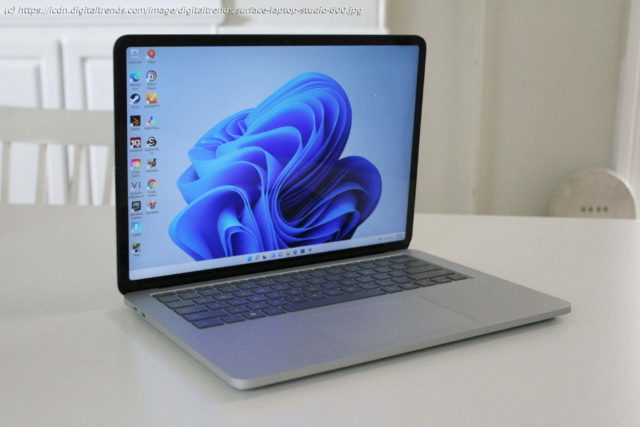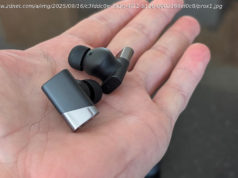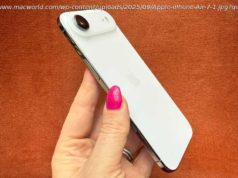The newest high-end laptops you can buy include the MacBook Pro 14 inch and the Surface Laptop Studio. We compared the price, specs, and features.
With the launch of Apple’s new MacBook Pros, you might be wondering how the latest from Apple compares to the most recent offering from Microsoft. Well, that’s why we put together this comparison between the MacBook Pro 14-inch and the new Surface Laptop Studio. These two laptops are super-close in terms of price, but differ a lot when it comes to features, performance, and operating systems. Read on to learn for the true differences between these machines and which one is the best your money can buy. As always, we start with the price. It’s here where the Surface Laptop Studio and MacBook Pro 14-inch are the closest. Both of these laptops are expensive ventures, but one has to be better valued than the other. We start first with the MacBook Pro 14-inch. This Apple laptop starts at $2,000. That gets you an 8-core CPU, a 14-core GPU,16GB of RAM, and a 512GB SSD. You can then push things up to a mid-range model with a 10-core CPU, a 16-core GPU,16GB of RAM, and 1TB of storage. That will cost you $2,500 In the case of the MacBook Pro 14-inch, you can add a faster CPU for anywhere between $200 and $700. Another $500 will get you the base M1 Max, and $700 extra will get you the top-end M1 Max with the best specs possible. That includes the 10-core M1 Max CPU with a 32-core GPU. For more details on these configurations, we set up a direct head-to-head comparison on the M1 Max vs. M1 Pro that you’ll want to read. The Surface Laptop Studio is a little less complicated. The base model comes with integrated Intel Iris Plus graphics and starts at $1,600. That includes a quad-core Intel Core i5 processor,16GB of RAM, and a 256GB SSD. For an additional $200, you can swap in a 512GB SSD. For the best possible experience — and what we think is closest to challenging the performance of the MacBook Pro 14-inch — an upgrade to the high-end model will be necessary. This Surface Laptop Studio model starts at $2,100 and includes the Intel Core i7 processor,16GB of RAM,512GB of storage, and the Nvidia RTX 3050 Ti graphics. It’s a full $500 more than the base model. And adding 32GB of RAM and a 1TB SSD is also possible for $2,700. That price jumps to $3,100 for a 2TB SSD. However, do note that even with the GPU upgrade, the CPUs in the Laptop Studio are still stuck on quad-core. Similarly priced laptops like the XPS 15 have 8-core processors, so you’re paying for the Surface luxury here and sacrificing some performance. Overall in terms of price, the starting model of the Surface Laptop Studio is cheaper than the MacBook Pro 14-inch, but you need to keep in mind that it doesn’t include a graphics card. For gaming and video and photo editing, the base model might struggle a bit, even with Intel’s advancements in integrated graphics. The $2,100 Surface Laptop Studio with RTX graphics could be closest in performance to the base $2,000 MacBook Pro 14-inch, but it’s also $100 more expensive than the MacBook is. For most people, though, that price might be an apples to oranges comparison since the design is so different, as we get into next. When we reviewed it, we found that the Surface Laptop Studio was “weird and wonderful.” That was mainly thanks to the overall design and the different modes of use on the device. As for the MacBook Pro 14-inch, we haven’t reviewed one yet, but it does seem to be a little bit of rinse and repeat when it comes to the design. Starting first with the MacBook, it again sports an all aluminum-enclosure, just as it has in the past. It looks exactly as it has in previous generations, but the machine is a bit heavier when compared to the previous 13-inch MacBook models. It’s now a bit heftier at 3.5 pounds, compared to 3.0 pounds on last year’s 13-inch M1 MacBook Pro. The thickness, meanwhile, comes in at 0.61 inches — the same as last year’s MacBook Pro. Once you open the lid, though, things are a bit different. The MacBook’s Touch Bar is now gone. In its place is a new Magic Keyboard that’s set in a double-anodized black well to highlight the backlighting on the keys.






